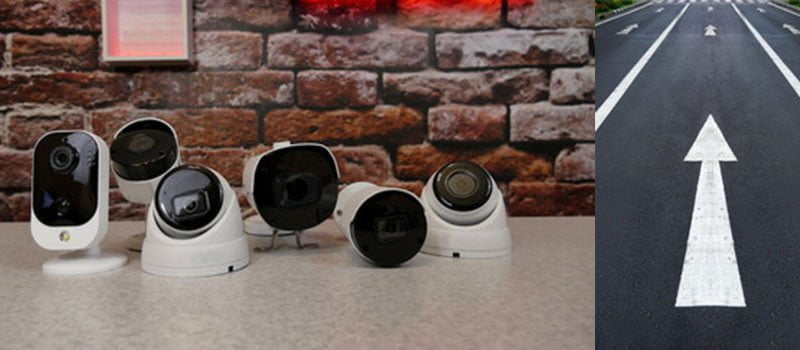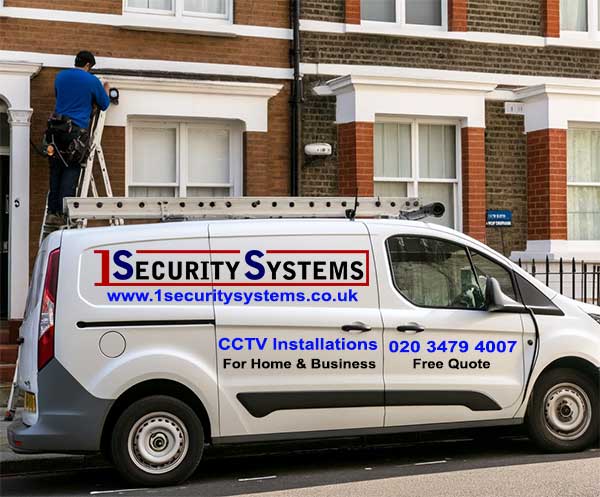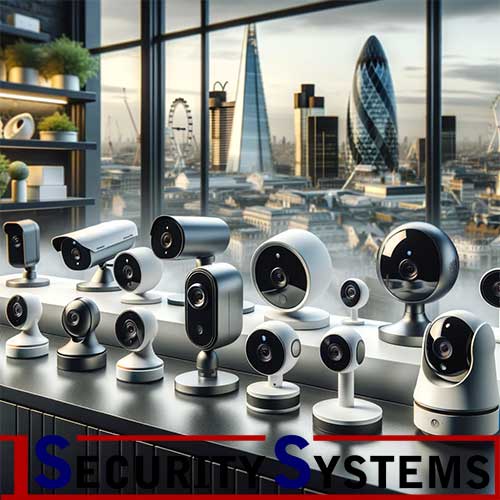A Comprehensive Guide for CCTV Systems
Closed-Circuit Television (CCTV) systems have undergone tremendous technological advancements in the last few decades. Up to now, the market is filled with a variety of systems catering to different needs and budgets. This report aims to provide an insight into the most prominent types available, their usage reference, advantages, and drawbacks.
1. Analog CCTV Systems
Usage Reference: Ideal for small-scale operations like retail stores, homes, or small businesses where high-resolution videos might not be a top priority.
Advantages:
- Cost-effective and well-established.
- Compatible with older systems, making it ideal for upgrades.
Drawbacks:
- Limited video quality, typically providing a maximum resolution of 720×576 pixels.
- Requires coaxial cables which may result in more complicated installation and cable clutter.
HD-TVI/HDCVI Cameras
Usage Reference: Best suited for businesses and homeowners looking to upgrade their existing analogue systems without changing the coaxial cable infrastructure, such as in established commercial buildings, urban areas, or older residential spaces.
Advantages:
- Enhanced Resolution: These cameras can transmit up to 4K resolution video over coaxial cables, offering clear and sharp images.
- Cost-Effective Upgrade: They allow users to retain the existing cabling while upgrading to better resolutions, saving on costs.
- Long Transmission Distance: Capable of transmitting video signals over long distances without significant loss of quality – up to 500m for 720P and 300m for 1080P.
- Zero Latency: Real-time, uncompressed video provides instant playback without the delay often seen in IP systems.
Drawbacks:
- Limited Smart Features: While they offer superior video quality, they might not be as feature-rich as some modern IP cameras in terms of analytics and integrations.
- Compatibility Issues: HD-TVI and HDCVI cameras and DVRs (Digital Video Recorders) are not always cross-compatible. This means that you would typically need an HD-TVI camera with an HD-TVI DVR, and similarly for HDCVI.
3. IP (Internet Protocol) CCTV Systems
Usage Reference: Used in modern commercial setups, corporate offices, and upscale residential complexes where remote access and integration with other systems are required.
Advantages:
- Provides high-resolution footage, with some cameras offering 4K quality.
- Flexible as they can be connected to a network, allowing for remote access and control.
- Scalable, allowing new cameras to be easily added to the system.
Drawbacks:
- More expensive compared to analogue and HD systems.
- Require a stable network connection for optimal performance, making them vulnerable to network outages.
4. Wireless CCTV Systems
Usage Reference: Best suited for locations where wiring is a challenge, such as historical buildings, rented properties, or temporary setups like events.
Advantages:
- Easier installation due to the absence of cables.
- Offers flexibility in camera placement.
Drawbacks:
- Susceptible to interference from other wireless devices, walls, or electronic equipment.
- Concerns about the security of wireless transmission, though modern systems are usually encrypted.
5. Thermal Imaging CCTV Systems
Usage Reference: Primarily used in defence, border security, and areas requiring night surveillance without light.
Advantages:
- Can detect intruders based on their heat signatures even in complete darkness.
- Not affected by visual limitations like fog or smoke.
Drawbacks:
- Expensive in comparison to conventional cameras.
- Limited in terms of recognizing specific facial features or details.
6. Pan-Tilt-Zoom (PTZ) Cameras
Usage Reference: Useful in areas that need a dynamic view, such as large public areas, stadiums, and places where the area of interest can change rapidly.
Advantages:
- Offers flexible movement and can zoom in on areas of interest.
- Often used in combination with operators or motion-tracking technology.
Drawbacks:
- Tend to be more expensive due to their advanced features.
- Require trained operators for manual control.
7. Number Plate Recognition Cameras (ANPR)
Usage Reference: Ideal for toll booths, parking areas, and any location requiring vehicle tracking or toll collection.
Advantages:
- Automated detection and recording of vehicle number plates.
- Integration with databases for vehicle tracking and management.
Drawbacks:
- Requires optimal placement and angle for accurate reading.
- Can be affected by adverse weather conditions or dirt on plates.
Conclusion:
The choice of a CCTV system depends largely on the specific requirements, budget, and the environment where it will be installed. While Analog and HD systems remain popular for their cost-effectiveness and simplicity, IP and wireless systems offer flexibility, scalability, and high-resolution footage. Specialized systems like thermal imaging and PTZ cameras cater to niche requirements, making surveillance more efficient in particular scenarios. As always, while selecting a system, one should balance between the upfront cost, maintenance needs, and the level of security and clarity desired.





